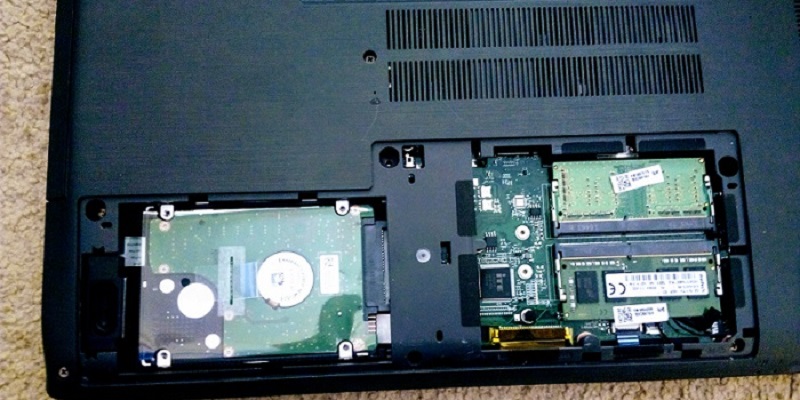Solid State Hybrid Drives (SSHDs) have revolutionized the world of storage by combining the best of both worlds: the lightning-fast speed of solid-state drives (SSDs) and the generous storage capacity of traditional hard disk drives (HDDs). These innovative drives consist of a traditional HDD with a small amount of integrated flash memory. In this article, we will explore the benefits of SSHDs and their cost-effectiveness, as well as compare their performance to SSDs and HDDs.
Benefits of SSHDs
SSHDs perfectly balance performance and storage capacity, offering users the best of both worlds. With ample storage space that can go as high as 4TB, users no longer have to compromise on capacity for faster speeds.
One of the key features of SSHDs is the inclusion of an SSD cache, which unlocks enhanced performance for frequently accessed data. By storing these commonly used files in the flash memory, SSHDs can retrieve them quickly, providing a snappy computing experience.
Compared to traditional HDDs, SSHDs deliver significantly faster access times. Users can experience up to five times faster boot times, allowing for quicker startups and reduced waiting time.
With the mechanical HDD component, SSHDs offer storage space as high as 4 TB, making them ideal for users with large media libraries or those who require ample storage for archiving data.
Cost-Effectiveness of SSHDs
While pure SSDs offer unmatched performance, they come at a higher price point. SSHDs provide a cost-effective alternative, delivering faster speeds to frequently accessed data while still offering generous storage capacity.
SSHDs provide a sweet spot for consumers who require both high performance and ample storage space. They serve as a practical solution, ensuring that users don’t have to compromise on either aspect.
Performance Advantages of SSHDs
Thanks to the integrated flash memory, SSHDs can provide a considerable performance boost compared to traditional HDDs. Users can enjoy faster file access and quicker multitasking, improving the overall system responsiveness.
SSHDs combine the speed of flash memory with the capacity of HDDs, resulting in a versatile storage solution. Users can take advantage of the enhanced performance for frequently accessed files while also having ample space for less frequently used data.
SSDs vs HDDs vs SSHDs: A Comparison
SSDs offer lightning-fast read and write speeds, reducing load times and making them ideal for applications that demand high performance, such as gaming or video editing.
On the other hand, HDDs provide the advantage of ample space, making them suitable for storing large media libraries or archival data where speed is not the primary concern.
SSHDs: The Perfect Balance
SSHDs offer users the perfect balance between speed and capacity. With faster performance than HDDs and larger storage capacity than pure SSDs, they cater to a wider range of needs.
Solid-State Hybrid Drives (SSHDs) have emerged as a game-changer in the storage industry. By combining the performance benefits of SSDs with the storage capacity of HDDs, SSHDs offer users a versatile and cost-effective storage solution. Their SSD cache delivers faster access to frequently used data, while the mechanical HDD component provides ample storage space. When considering performance, cost, and storage needs, SSHDs are a compelling choice, striking the ideal balance for consumers seeking a snappy computing experience without compromising on storage capacity. Evaluate your needs and budget carefully and consider SSHDs as an attractive option for your next storage upgrade.

